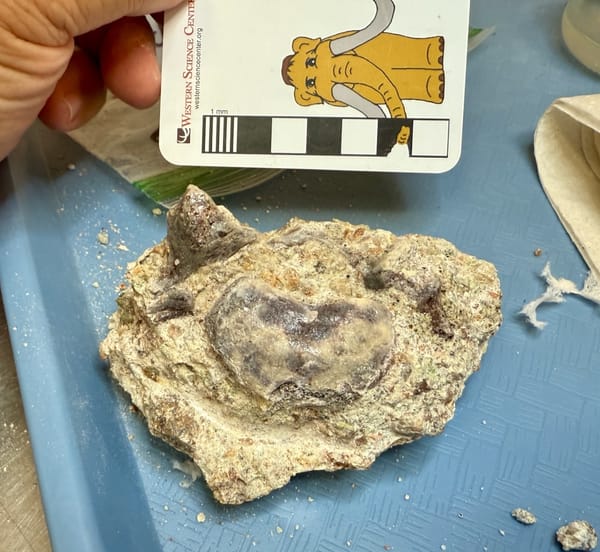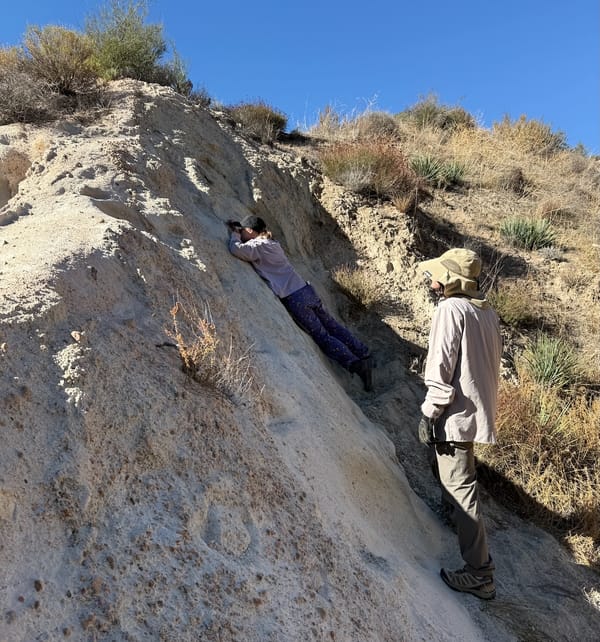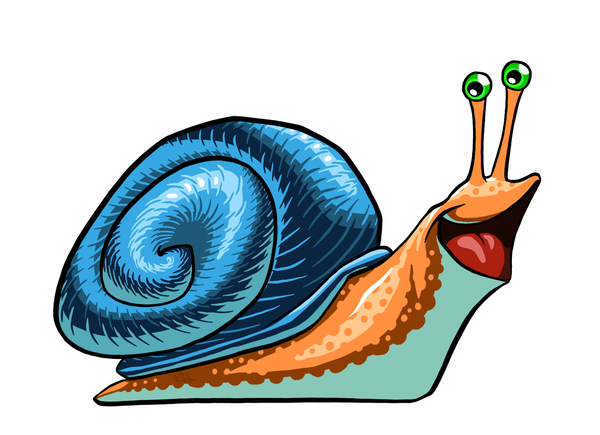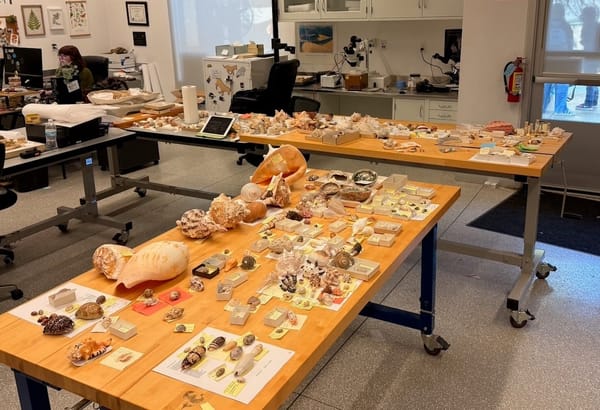Ice Age rattlesnake
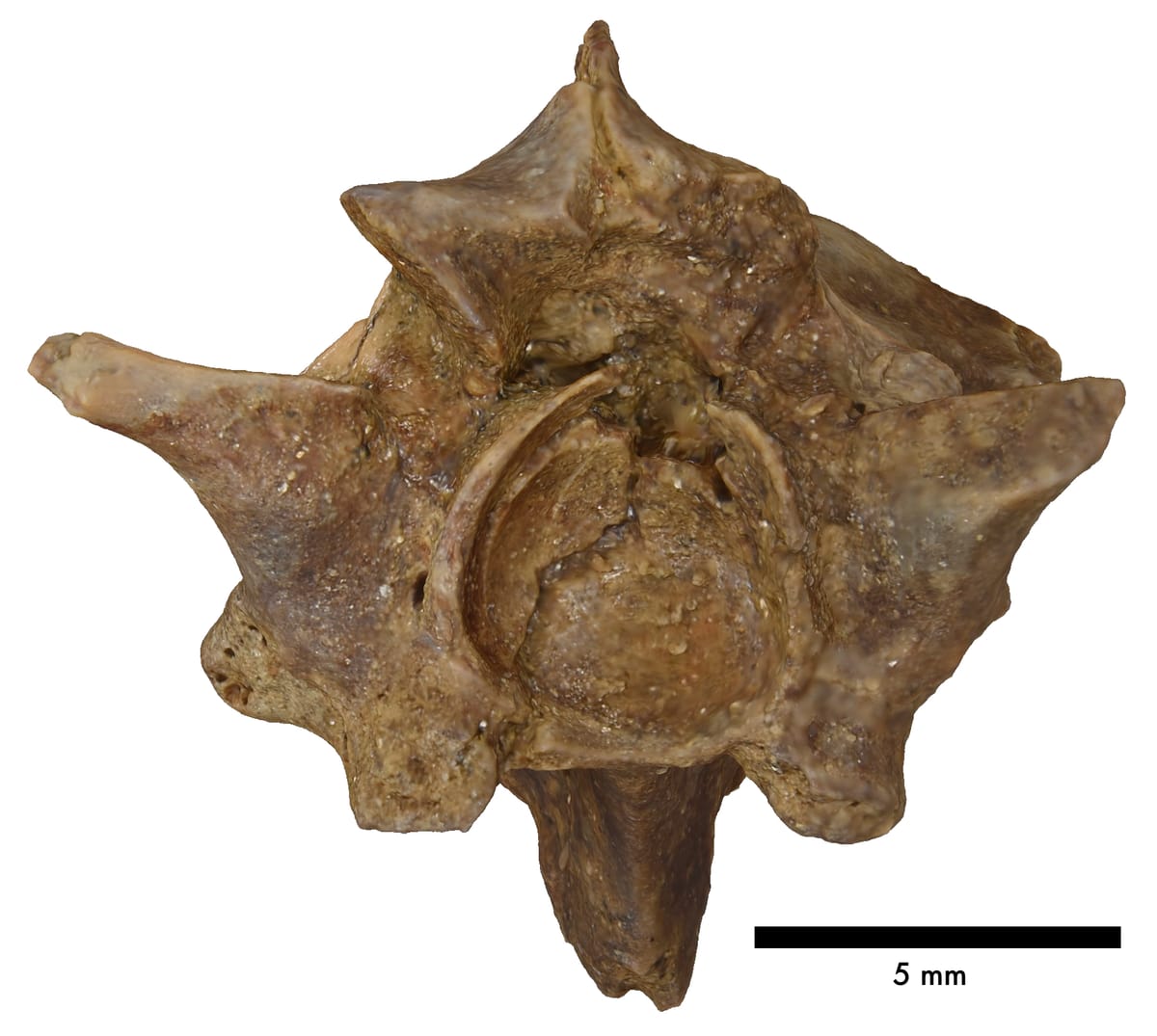
In modern, well-run excavations, when a fossil skeleton is discovered the goal isn’t just to rip the skeleton out of the ground. Lots of contextual data is also collected, including the nature of the sediment containing the skeleton as well as any associated bones, fossil plants, pollen and other microfossils, and trace fossils. These usually vastly outnumber the large skeleton, are are vital for providing insights into the nature of the environment in which these creatures lived and died.
The Ice Age deposits excavated during the construction of Diamond Valley Lake in California are most widely known for their mastodons and other large megafauna. But more than 75% of the recovered fossils are microfossils and other small bones less than about 1 cm across. Many of these come from small mammals and reptiles, including snakes.
A snake skeleton consists mostly of vertebrae (over 200 in rattlesnakes!) and ribs (almost twice the number of vertebrae!), as can be seen in the mounted rattlesnake skeleton below. The ribs are slim and delicate and don’t often preserve well as fossils, but the vertebrae do a bit better, and are the most frequently recovered snake remains. Conveniently, snake vertebrae are also fairly distinctive and can often be identified to at least the genus.
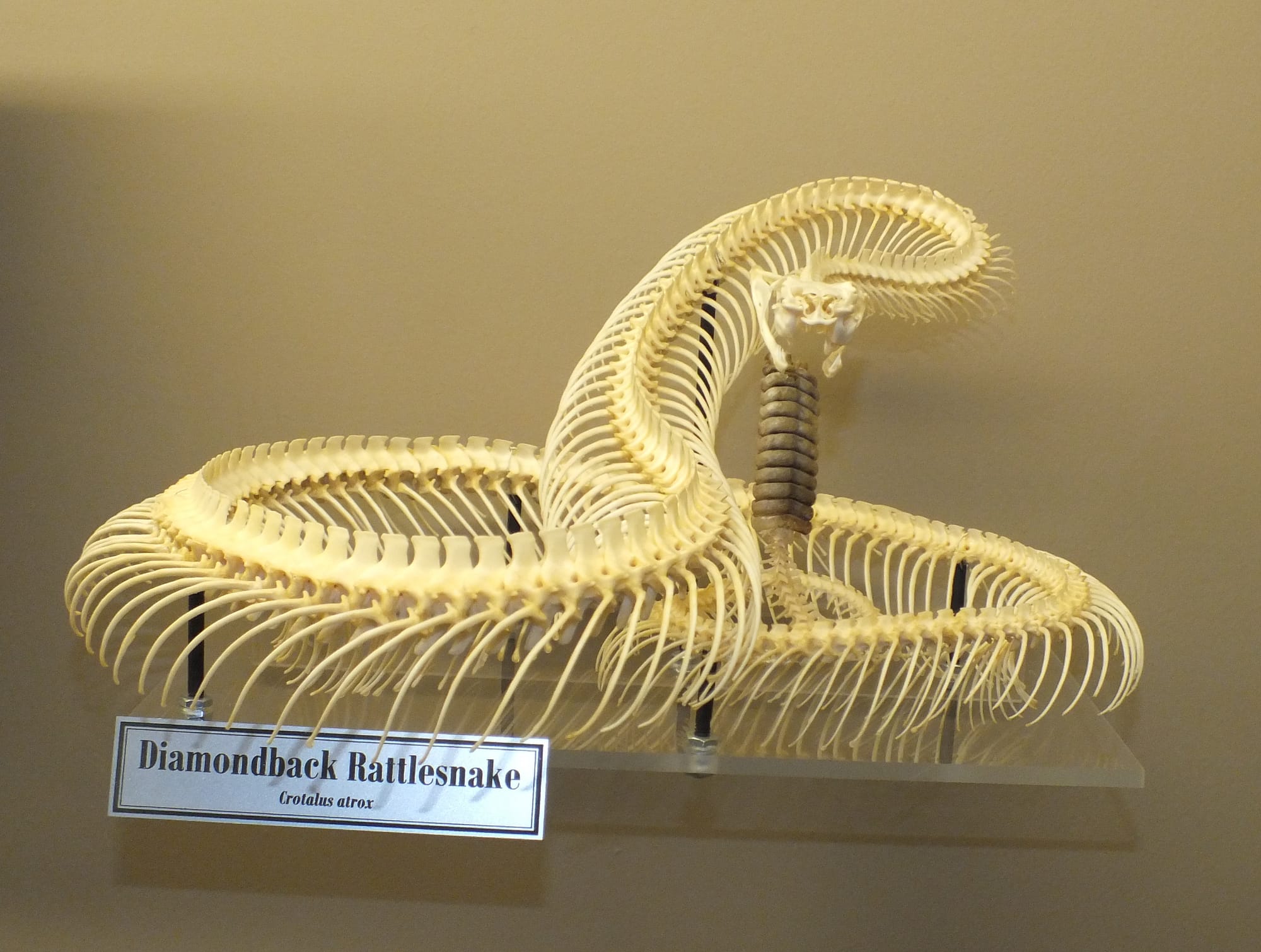
Like many other reptiles, snake vertebrae are procoelus, meaning that the main body of the vertebra (the centrum) has a ball-and-socket joint, with the socket in the front and the ball in the back. The socket is clearly visible in the anterior view at the top of the page, and the ball is visible in the posterior view of the same vertebra below:
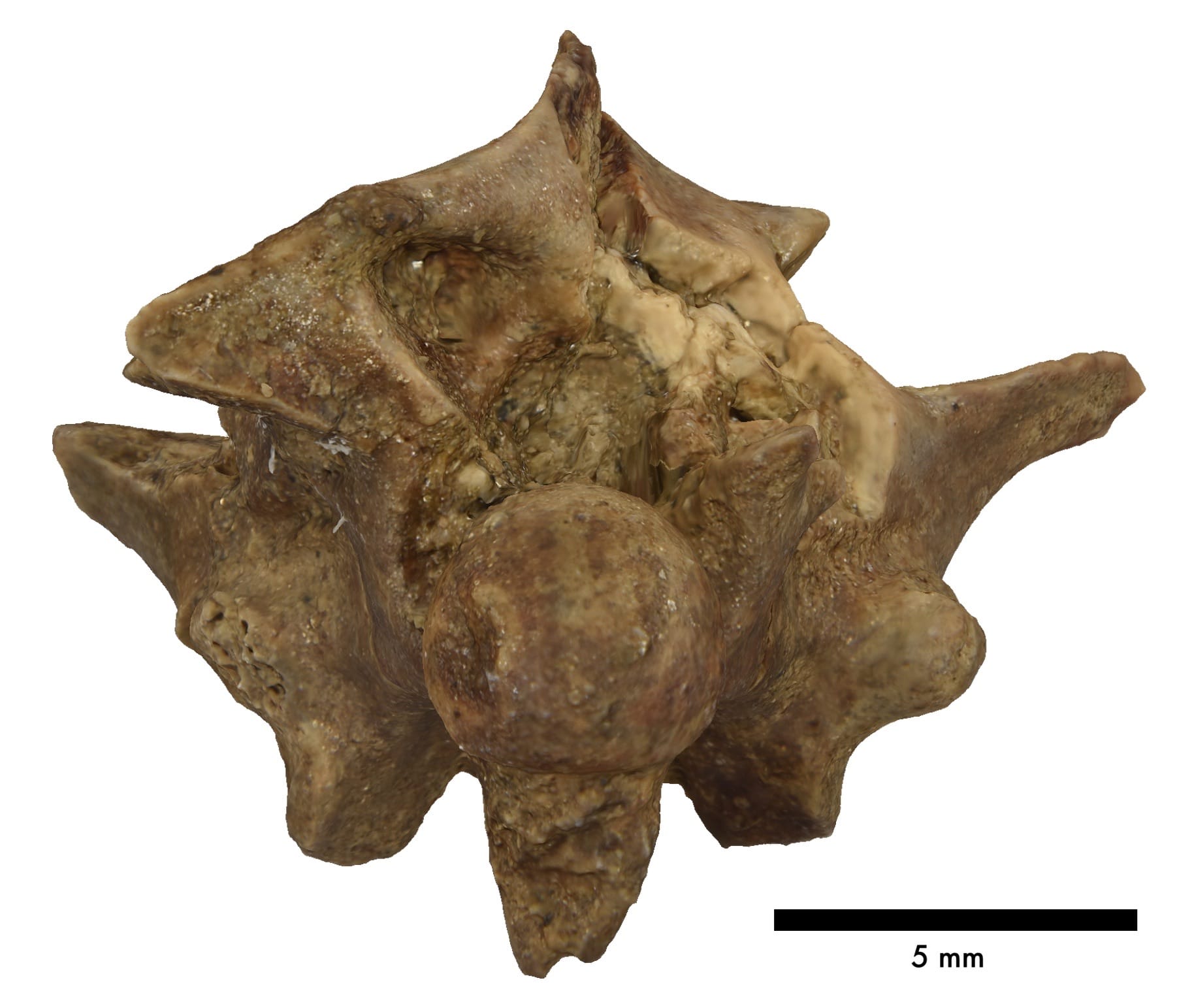
Snake vertebrae also have several additional articulations between successive vertebrae. Most land vertebrates have zygopophyseal articulations, in which a pair of prezygopophyses project from the front of the vertebra and articulate with a corresponding pair of postzygopophyses projecting from the back of the vertebra. But snakes have an additional articulation that is only found in a few other groups, mostly certain lizard families. The zygosphene is a wedge-shaped protrusion that sticks out from the front of the vertebra just below the neural spine at the top of the vertebra. It slots into a corresponding depression, the zygantrum, on the back of the preceding vertebrae. Below is the vertebra in anterior view again, with the right prezygopophysis highlighted in magenta and the right part of the zygosphene in cyan (these structures are broken off on the other side):
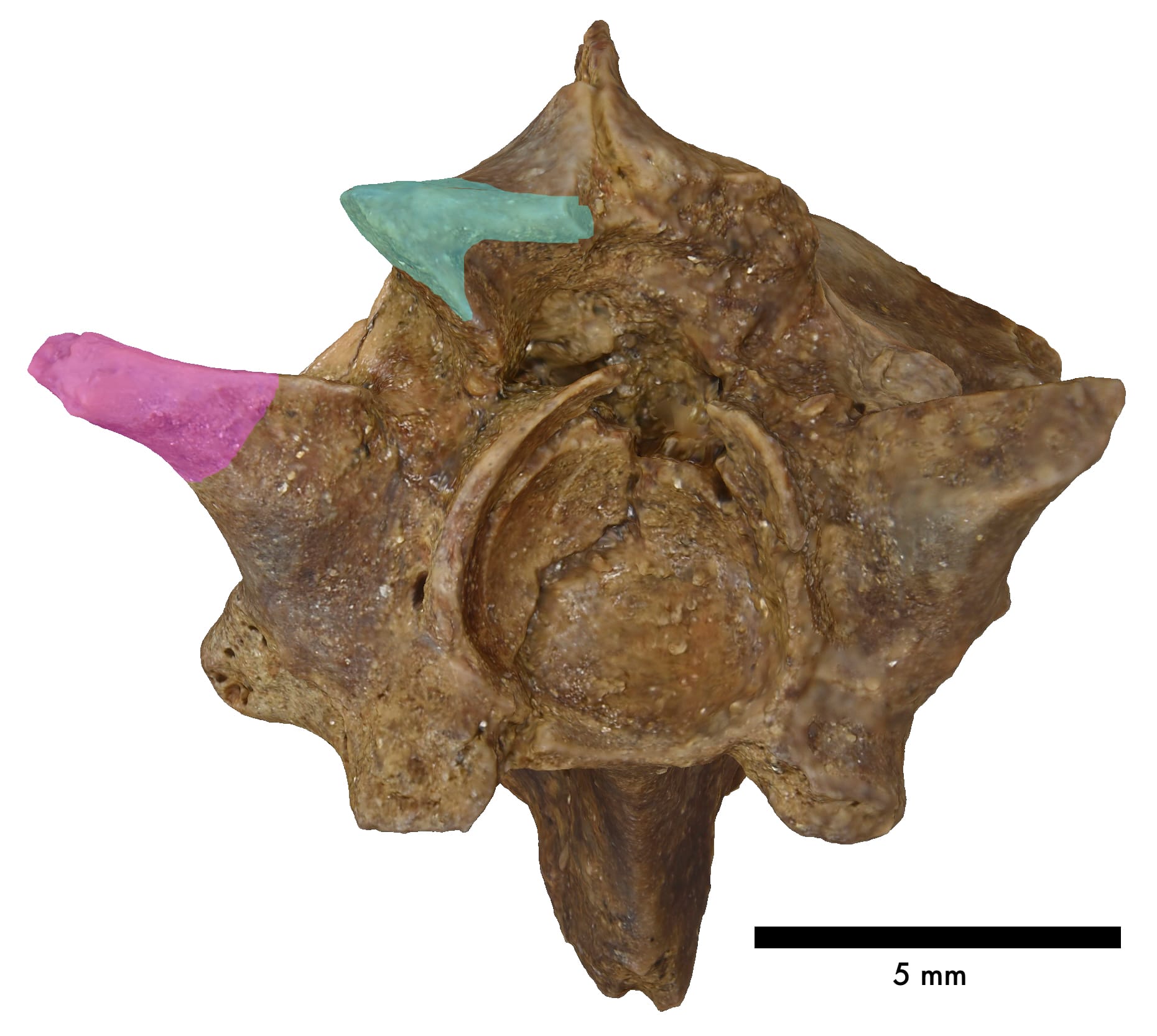
Here’s the posterior view, with the left postzygophysis in yellow and the left part of the zygantrum in blue (again, the structures are broken off on the other side):

Features like the prominent zygosphene and zygantrum, and the large hypapophysis (the bit of bone sticking straight down at the bottom of the vertebra) are among the features that help identify this as a snake vertebra. It’s also interesting to note that we have a partial skeleton of a modern rattlesnake in the WSC collections that was approximately 80 cm long. This vertebra is almost twice as large as any of the vertebrae in that specimen, suggesting that this snake may have been 1.5 m or more in length - very large for a rattlesnake!

If you like what you're reading, please consider becoming a paid subscriber or leaving a tip. All proceeds go to cover the cost of maintaining the site and supporting research and education at the Western Science Center.
